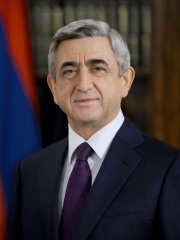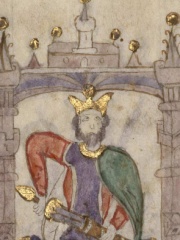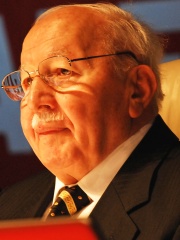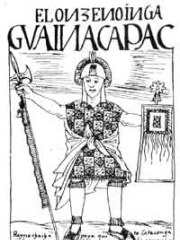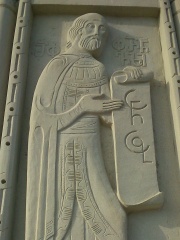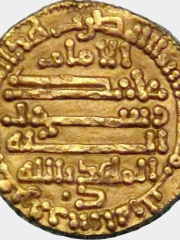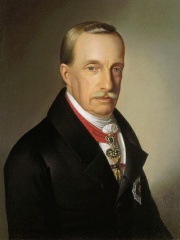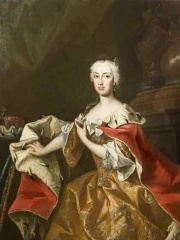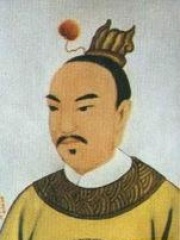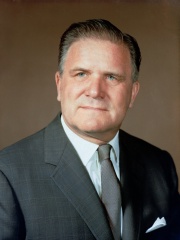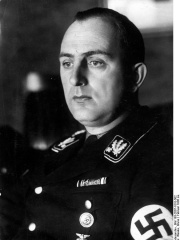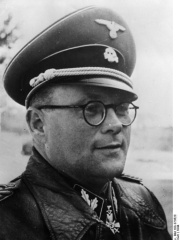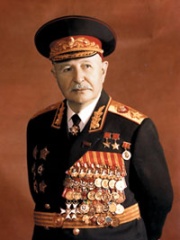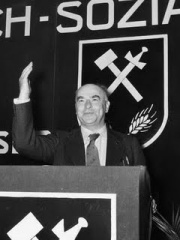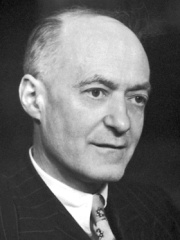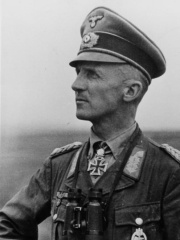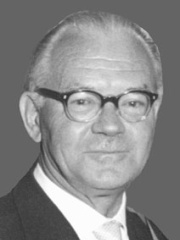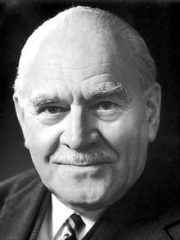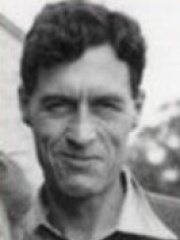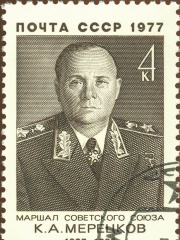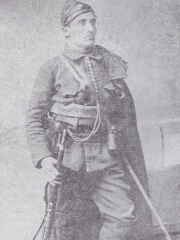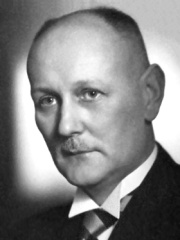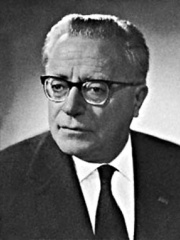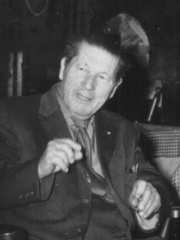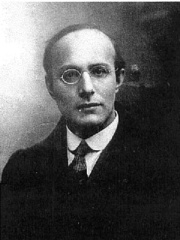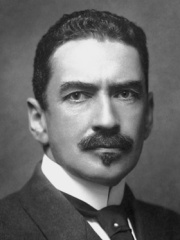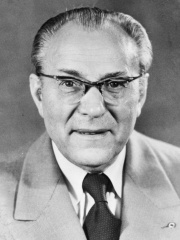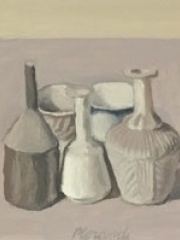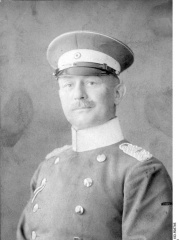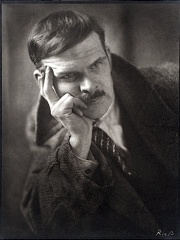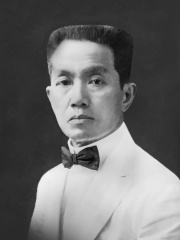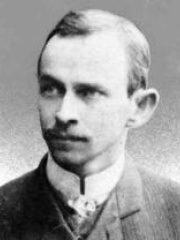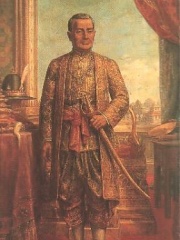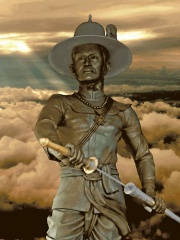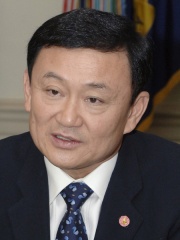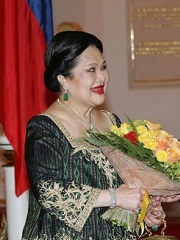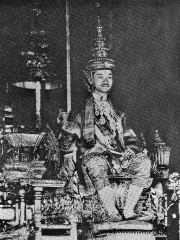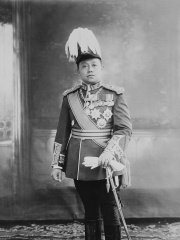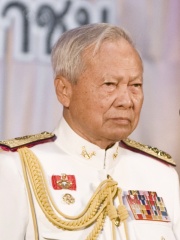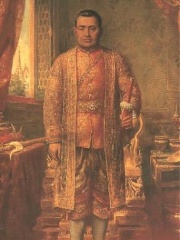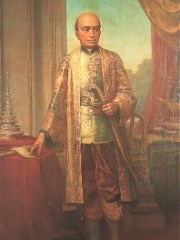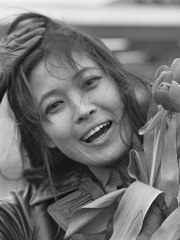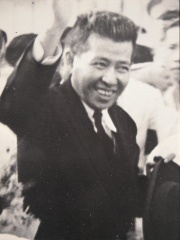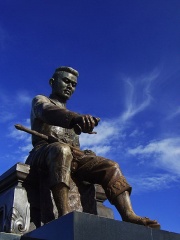POLITICIAN
Plaek Phibunsongkhram
1897 - 1964
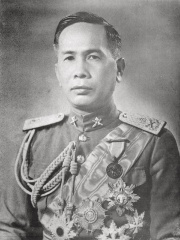
 Plaek Phibunsongkhram
Plaek Phibunsongkhram
Field Marshal Plaek Phibunsongkhram (Thai: แปลก พิบูลสงคราม [plɛ̀ːk pʰí.būːn.sǒŋ.kʰrāːm]; alternatively transcribed as Pibulsongkram or Pibulsonggram; 14 July 1897 – 11 June 1964), locally known as Marshal P. (Thai: จอมพล ป.;[tɕɔ̄ːm.pʰōn.pɔ̄ː]), and contemporarily known as Phibun (Pibul) in the West, was a Thai military officer and politician who served as Prime Minister of Thailand from 1938 to 1944 and 1948 to 1957. Phibunsongkhram was a member of the Army wing of Khana Ratsadon, the first political party in Thailand, and a leader of the Siamese revolution of 1932, which replaced Thailand's absolute monarchy with a constitutional monarchy. Phibun became the third Prime Minister of Thailand in 1938 while serving as Commander of the Royal Siamese Army. Inspired by the Italian fascism of Benito Mussolini, he established a de facto military dictatorship run along fascist lines, promoted Thai nationalism and Sinophobia, and allied Thailand with Imperial Japan in World War II. Read more on Wikipedia
Since 2007, the English Wikipedia page of Plaek Phibunsongkhram has received more than 634,364 page views. His biography is available in 46 different languages on Wikipedia (up from 41 in 2019). Plaek Phibunsongkhram is the 2,502nd most popular politician (up from 3,080th in 2019), the 10th most popular biography from Thailand and the 10th most popular Thai Politician.
Plaek Phibunsongkhram was most famous for being the Prime Minister of Thailand from 1938 to 1944, during which time he attempted to modernize the country.
Memorability Metrics
630k
Page Views (PV)
64.23
Historical Popularity Index (HPI)
46
Languages Editions (L)
5.00
Effective Languages (L*)
3.75
Coefficient of Variation (CV)
Page views of Plaek Phibunsongkhrams by language
Over the past year Plaek Phibunsongkhram has had the most page views in the Thai wikipedia edition with 184,215 views, followed by English (102,783), and Chinese (24,907). In terms of yearly growth of page views the top 3 wikpedia editions are Khmer (425.77%), Hindi (241.61%), and Simple English (172.67%)
Among POLITICIANS
Among politicians, Plaek Phibunsongkhram ranks 2,502 out of 19,576. Before him are Serzh Sargsyan, Sancho II of Castile and León, Necmettin Erbakan, Huayna Capac, Pharnavaz I of Iberia, and Abdullah al-Mahdi Billah. After him are Géza, Grand Prince of the Hungarians, Archduke Joseph, Palatine of Hungary, Archduchess Maria Anna of Austria, Greg Abbott, Emperor Ling of Han, and James E. Webb.
Most Popular Politicians in Wikipedia
Go to all RankingsSerzh Sargsyan
1954 - Present
HPI: 64.24
Rank: 2,496
Sancho II of Castile and León
1036 - 1072
HPI: 64.24
Rank: 2,497
Necmettin Erbakan
1926 - 2011
HPI: 64.24
Rank: 2,498
Huayna Capac
1476 - 1525
HPI: 64.24
Rank: 2,499
Pharnavaz I of Iberia
326 BC - 234 BC
HPI: 64.23
Rank: 2,500
Abdullah al-Mahdi Billah
873 - 934
HPI: 64.23
Rank: 2,501
Plaek Phibunsongkhram
1897 - 1964
HPI: 64.23
Rank: 2,502
Géza, Grand Prince of the Hungarians
940 - 997
HPI: 64.22
Rank: 2,503
Archduke Joseph, Palatine of Hungary
1776 - 1847
HPI: 64.22
Rank: 2,504
Archduchess Maria Anna of Austria
1718 - 1744
HPI: 64.22
Rank: 2,505
Greg Abbott
1957 - Present
HPI: 64.21
Rank: 2,506
Emperor Ling of Han
156 - 189
HPI: 64.21
Rank: 2,507
James E. Webb
1906 - 1992
HPI: 64.21
Rank: 2,508
Contemporaries
Among people born in 1897, Plaek Phibunsongkhram ranks 35. Before him are Kurt Daluege, Karl Gebhardt, Ivan Bagramyan, Otto Strasser, Cyril Norman Hinshelwood, and Hasso von Manteuffel. After him are Georg Wittig, Karl-Otto Koch, Ronald George Wreyford Norrish, Patrick Blackett, Kirill Meretskov, and Vlado Chernozemski. Among people deceased in 1964, Plaek Phibunsongkhram ranks 20. Before him are Gerhard Domagk, Palmiro Togliatti, Gerrit Rietveld, Karl Polanyi, Hans von Euler-Chelpin, and Otto Grotewohl. After him are Giorgio Morandi, Paul von Lettow-Vorbeck, Alexandre Koyré, Alexander Archipenko, Emilio Aguinaldo, and Otto Wille Kuusinen.
Others Born in 1897
Go to all RankingsKurt Daluege
POLITICIAN
1897 - 1946
HPI: 65.51
Rank: 29
Karl Gebhardt
MAFIOSO
1897 - 1948
HPI: 65.26
Rank: 30
Ivan Bagramyan
MILITARY PERSONNEL
1897 - 1982
HPI: 64.95
Rank: 31
Otto Strasser
POLITICIAN
1897 - 1974
HPI: 64.81
Rank: 32
Cyril Norman Hinshelwood
CHEMIST
1897 - 1967
HPI: 64.72
Rank: 33
Hasso von Manteuffel
MILITARY PERSONNEL
1897 - 1978
HPI: 64.50
Rank: 34
Plaek Phibunsongkhram
POLITICIAN
1897 - 1964
HPI: 64.23
Rank: 35
Georg Wittig
CHEMIST
1897 - 1987
HPI: 64.19
Rank: 36
Karl-Otto Koch
MILITARY PERSONNEL
1897 - 1945
HPI: 63.96
Rank: 37
Ronald George Wreyford Norrish
CHEMIST
1897 - 1978
HPI: 63.87
Rank: 38
Patrick Blackett
PHYSICIST
1897 - 1974
HPI: 62.89
Rank: 39
Kirill Meretskov
MILITARY PERSONNEL
1897 - 1968
HPI: 62.68
Rank: 40
Vlado Chernozemski
SOCIAL ACTIVIST
1897 - 1934
HPI: 62.68
Rank: 41
Others Deceased in 1964
Go to all RankingsGerhard Domagk
PHYSICIAN
1895 - 1964
HPI: 67.13
Rank: 14
Palmiro Togliatti
POLITICIAN
1893 - 1964
HPI: 66.25
Rank: 15
Gerrit Rietveld
DESIGNER
1888 - 1964
HPI: 66.18
Rank: 16
Karl Polanyi
ECONOMIST
1886 - 1964
HPI: 66.04
Rank: 17
Hans von Euler-Chelpin
CHEMIST
1873 - 1964
HPI: 65.67
Rank: 18
Otto Grotewohl
POLITICIAN
1894 - 1964
HPI: 64.24
Rank: 19
Plaek Phibunsongkhram
POLITICIAN
1897 - 1964
HPI: 64.23
Rank: 20
Giorgio Morandi
PAINTER
1890 - 1964
HPI: 64.10
Rank: 21
Paul von Lettow-Vorbeck
MILITARY PERSONNEL
1870 - 1964
HPI: 63.11
Rank: 22
Alexandre Koyré
PHILOSOPHER
1892 - 1964
HPI: 62.85
Rank: 23
Alexander Archipenko
SCULPTOR
1887 - 1964
HPI: 62.83
Rank: 24
Emilio Aguinaldo
POLITICIAN
1869 - 1964
HPI: 62.72
Rank: 25
Otto Wille Kuusinen
POLITICIAN
1881 - 1964
HPI: 62.61
Rank: 26
In Thailand
Among people born in Thailand, Plaek Phibunsongkhram ranks 10 out of 186. Before him are Rama I (1736), Taksin (1734), Thaksin Shinawatra (1949), Sirikit (1932), Prajadhipok (1893), and Vajiravudh (1880). After him are Prem Tinsulanonda (1920), Rama III (1788), Rama II of Siam (1767), Emmanuelle Arsan (1932), Pridi Banomyong (1900), and Prayut Chan-o-cha (1954).
Others born in Thailand
Go to all RankingsRama I
POLITICIAN
1736 - 1809
HPI: 66.53
Rank: 4
Taksin
POLITICIAN
1734 - 1782
HPI: 65.25
Rank: 5
Thaksin Shinawatra
POLITICIAN
1949 - Present
HPI: 65.11
Rank: 6
Sirikit
POLITICIAN
1932 - Present
HPI: 65.04
Rank: 7
Prajadhipok
POLITICIAN
1893 - 1941
HPI: 64.71
Rank: 8
Vajiravudh
POLITICIAN
1880 - 1925
HPI: 64.54
Rank: 9
Plaek Phibunsongkhram
POLITICIAN
1897 - 1964
HPI: 64.23
Rank: 10
Prem Tinsulanonda
POLITICIAN
1920 - 2019
HPI: 62.44
Rank: 11
Rama III
POLITICIAN
1788 - 1851
HPI: 61.76
Rank: 12
Rama II of Siam
POLITICIAN
1767 - 1824
HPI: 61.45
Rank: 13
Emmanuelle Arsan
WRITER
1932 - 2005
HPI: 60.47
Rank: 14
Pridi Banomyong
POLITICIAN
1900 - 1983
HPI: 60.39
Rank: 15
Prayut Chan-o-cha
POLITICIAN
1954 - Present
HPI: 60.14
Rank: 16
Among POLITICIANS In Thailand
Among politicians born in Thailand, Plaek Phibunsongkhram ranks 10. Before him are Rama I (1736), Taksin (1734), Thaksin Shinawatra (1949), Sirikit (1932), Prajadhipok (1893), and Vajiravudh (1880). After him are Prem Tinsulanonda (1920), Rama III (1788), Rama II of Siam (1767), Pridi Banomyong (1900), Prayut Chan-o-cha (1954), and Naresuan (1555).
Rama I
1736 - 1809
HPI: 66.53
Rank: 4
Taksin
1734 - 1782
HPI: 65.25
Rank: 5
Thaksin Shinawatra
1949 - Present
HPI: 65.11
Rank: 6
Sirikit
1932 - Present
HPI: 65.04
Rank: 7
Prajadhipok
1893 - 1941
HPI: 64.71
Rank: 8
Vajiravudh
1880 - 1925
HPI: 64.54
Rank: 9
Plaek Phibunsongkhram
1897 - 1964
HPI: 64.23
Rank: 10
Prem Tinsulanonda
1920 - 2019
HPI: 62.44
Rank: 11
Rama III
1788 - 1851
HPI: 61.76
Rank: 12
Rama II of Siam
1767 - 1824
HPI: 61.45
Rank: 13
Pridi Banomyong
1900 - 1983
HPI: 60.39
Rank: 14
Prayut Chan-o-cha
1954 - Present
HPI: 60.14
Rank: 15
Naresuan
1555 - 1605
HPI: 60.10
Rank: 16
